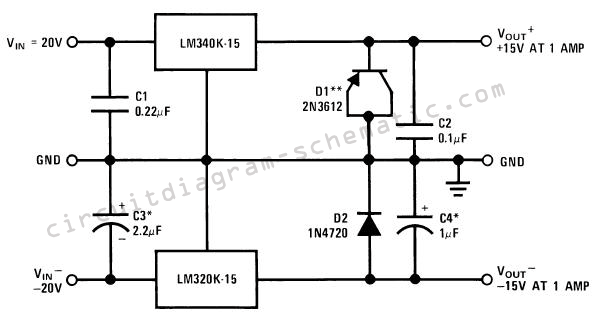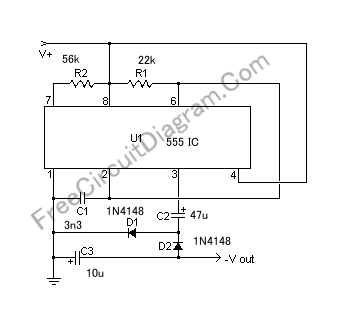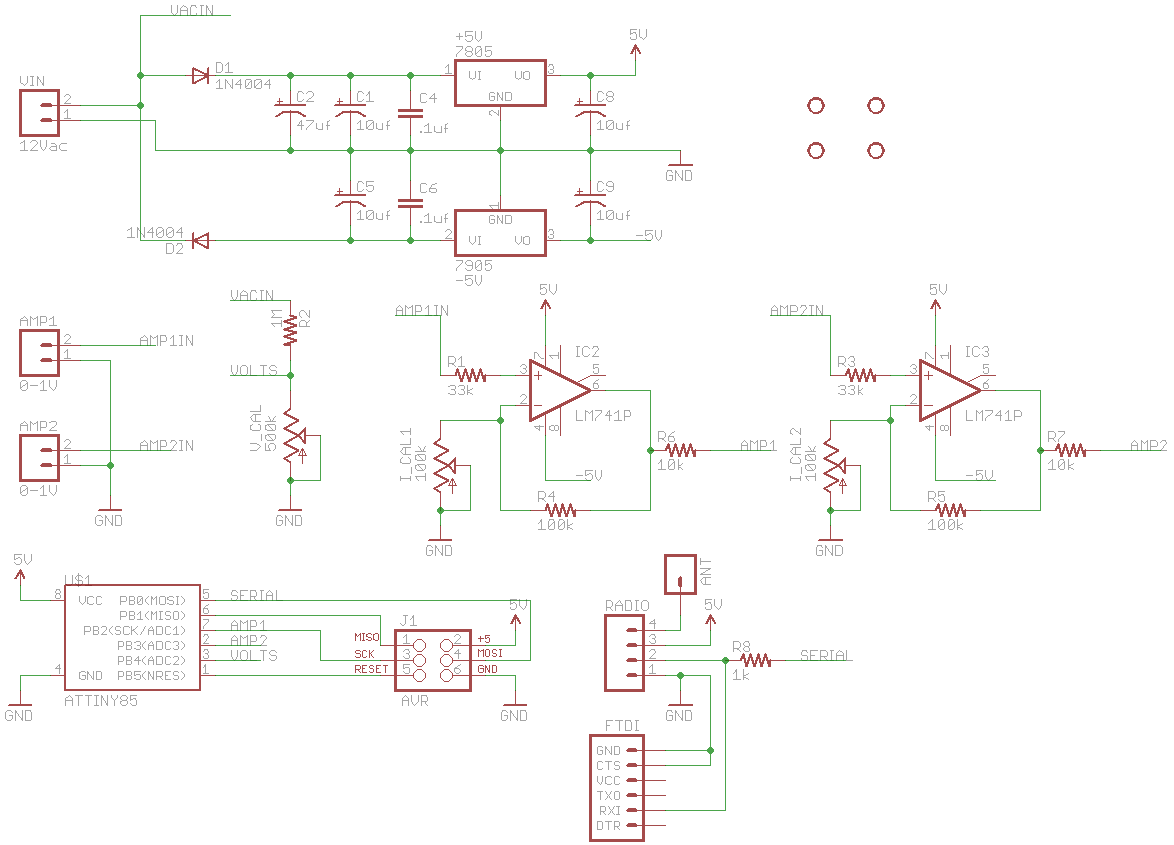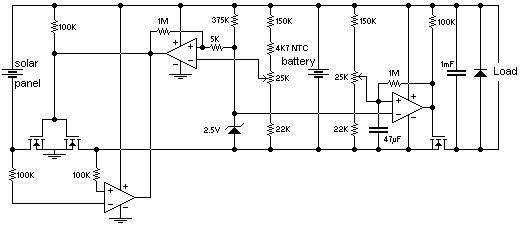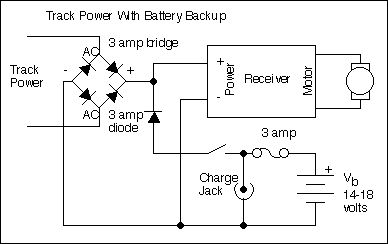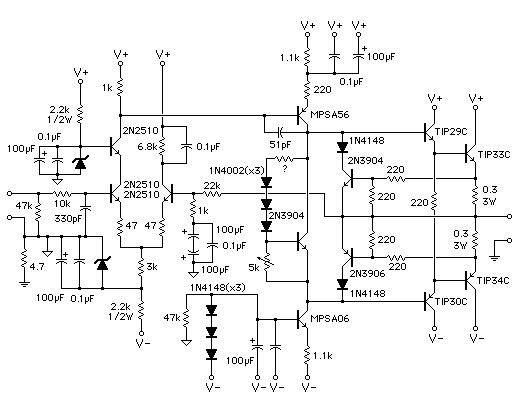
Solar Power Supply

This circuit provides a regulated output of either 4.8 V or 7.2 V at a current of 15 mA, utilizing a 3 V input sourced from a bank of photocells. A load resistor (Rl) of 453 kΩ is required for achieving the 7.2 V output, while a load resistor of 274 Ω is needed for the 4.8 V output. The efficiency of the regulator is approximately 70%, which should be taken into account when selecting appropriate solar cells.
The circuit operates by converting the variable voltage from the photocells into a stable output voltage. The photocells are connected in such a way that they can provide a maximum of 3 V under optimal lighting conditions. To ensure proper regulation, a voltage regulator is used, which is capable of stepping down the input voltage to the desired output levels of 4.8 V or 7.2 V.
The choice of load resistors is critical to achieving the specified output voltages. For a 7.2 V output, the use of a 453 kΩ resistor limits the current to 15 mA, ensuring that the circuit operates within its design parameters. Conversely, for a 4.8 V output, a 274 Ω resistor is employed, allowing for the same current flow while adjusting the voltage level.
The efficiency of the regulator, at around 70%, indicates that there will be some power loss in the form of heat. This factor is essential when selecting solar cells, as the input power must be sufficient to accommodate the losses while still providing the necessary output power. It is advisable to choose solar cells that can deliver more than 3 V under varying light conditions to ensure consistent operation of the circuit.
In summary, this circuit is designed to efficiently regulate voltage from a solar-powered source, providing flexibility in output voltage while maintaining a stable current. Proper component selection is vital for optimal performance and efficiency.This circuit delivers either 4. 8 or 7. 2 V regulated at 15 mA with a 3-V input from a bank of photocells. Rl should be 453 kQ for a 7. 2-V output and 274 for a 4. 8-Vdc output. Regulator efficiency is around 70%. This should be considered when selecting suitable solar cells. 🔗 External reference
The circuit operates by converting the variable voltage from the photocells into a stable output voltage. The photocells are connected in such a way that they can provide a maximum of 3 V under optimal lighting conditions. To ensure proper regulation, a voltage regulator is used, which is capable of stepping down the input voltage to the desired output levels of 4.8 V or 7.2 V.
The choice of load resistors is critical to achieving the specified output voltages. For a 7.2 V output, the use of a 453 kΩ resistor limits the current to 15 mA, ensuring that the circuit operates within its design parameters. Conversely, for a 4.8 V output, a 274 Ω resistor is employed, allowing for the same current flow while adjusting the voltage level.
The efficiency of the regulator, at around 70%, indicates that there will be some power loss in the form of heat. This factor is essential when selecting solar cells, as the input power must be sufficient to accommodate the losses while still providing the necessary output power. It is advisable to choose solar cells that can deliver more than 3 V under varying light conditions to ensure consistent operation of the circuit.
In summary, this circuit is designed to efficiently regulate voltage from a solar-powered source, providing flexibility in output voltage while maintaining a stable current. Proper component selection is vital for optimal performance and efficiency.This circuit delivers either 4. 8 or 7. 2 V regulated at 15 mA with a 3-V input from a bank of photocells. Rl should be 453 kQ for a 7. 2-V output and 274 for a 4. 8-Vdc output. Regulator efficiency is around 70%. This should be considered when selecting suitable solar cells. 🔗 External reference
